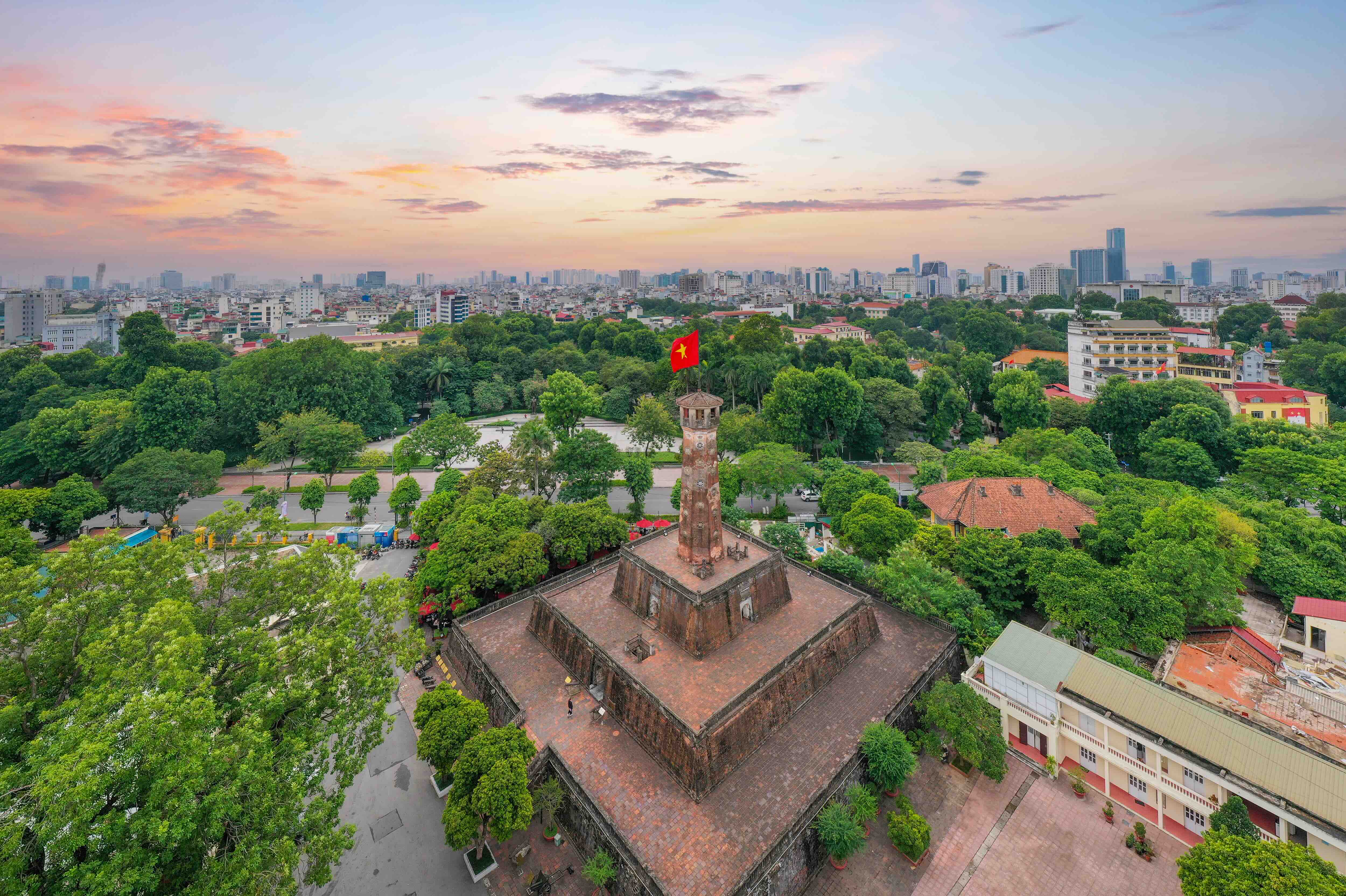Forged in the crucible of the 1940 Nam Ky Uprising, the red flag with a golden star emerged as the symbol of a nation’s unyielding spirit. Following the triumph of the August Revolution, this design was solemnly adopted as the national flag of the Democratic Republic of Vietnam by Decree No. 5-SL on September 5th, 1945, and has been proudly carried forward ever since.

The flag’s vibrant red is the color of bloodshed for the homeland, while the star’s brilliant yellow represents the heritage of the Vietnamese people. Its five points are a radiant symbol of revolution and the unbreakable solidarity of the five classes of society – scholars, farmers, workers, merchants, and soldiers – within the great family of Vietnam’s ethnic groups.

Patriotism is not a trend but in our DNA!
During these historic autumn days, Hanoi is awash in flowers, and the bright red national flag flies proudly against a tranquil sky. The spirit of independence and freedom fills the air, flowing from the city’s bustling streets to its quiet alleys, stirring a deep sense of pride and emotion in the hearts of its people.
The flag’s height is precisely two-thirds of its width. In the flag’s exact center, the star is placed so that the distance from its core to the tip of any point is one-fifth of the flag’s total length. One point is oriented with its axis perpendicular to the flag’s long edge, aimed directly upward. The star’s points were initially designed with a fuller shape but were adjusted to be sharper in 1956.










